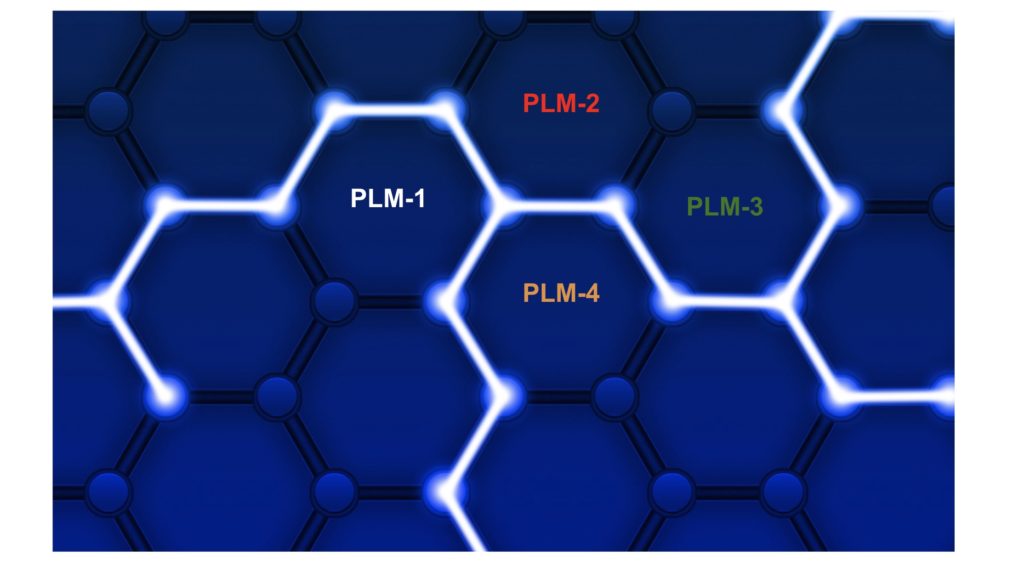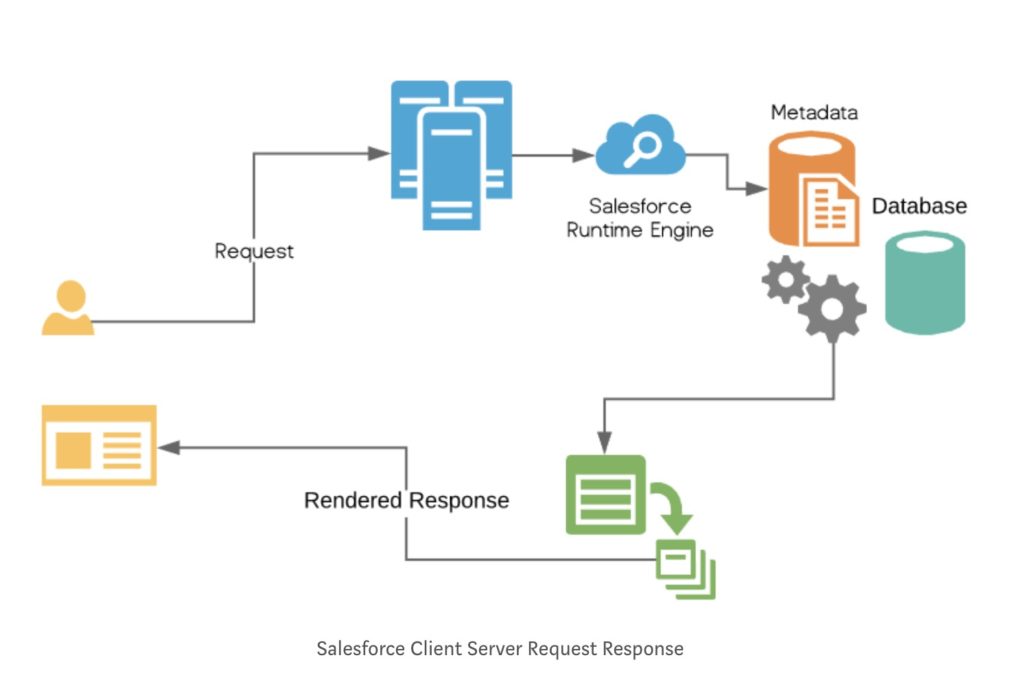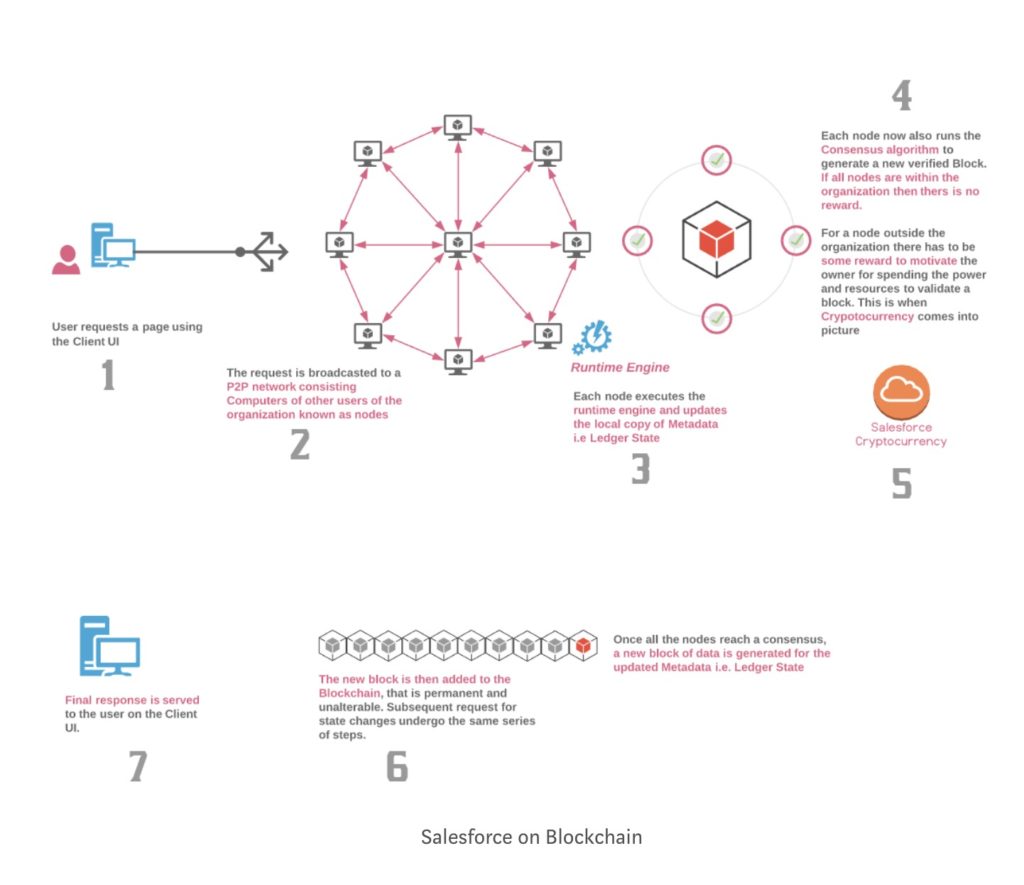
Blockchain is a new technology that will revolutionize the world of business communication and relationships. Unless you’ve been living under the rock for the last few years, you’ve to head the term “blockchain”. It created enough confusion and questions. You can hear PLM voices speaking about how blockchain will revolutionize product development.
For example, here is a quote from CIMdata.
CIMdata considers blockchain a key technology for leveraging the digital transformation of businesses in new and innovative ways. The secure, transparent, and algorithmic transactions enabled by blockchain open the door for several disruptive techniques of conceiving, segmenting, and transacting digital assets, such that the structure of different stages of product lifecycle management (PLM) can be altered in previously unthinkable ways.
The application of blockchain technology will trigger many new and fundamentally different ways of thinking about each stage of PLM, be it requirements management, concept generation, detailed design, manufacturing, or service. Businesses that proactively engage in a systematic search for innovative and disruptive means of leveraging this potential will transform the competitive landscape to their own advantage.
Vendors like Siemens are also developing and evolving their blockchain stories. Here is the one :
Because the blockchain exists on a decentralized P2P network, the typical risks that come with storing data in a central location (like a server or data center) do not apply; there are no singular points of failure that an outside actor can exploit. When a new ‘block’ is added to the blockchain, it is linked to the previous block, ensuring the chain is never broken and that each block is permanently recorded. Any changes can only be applied with the consensus of all participants in the network. Together, all of these attributes make blockchains extremely secure and accurate repositories of data.
Although blockchains are relatively new technology, they are anticipated to streamline and accelerate business processes, increase cybersecurity, and reduce or eliminate the need for third-party verification across multiple industries within the next few years. With blockchain, manufacturers can create trusted networks that improve supply chains, better protect intellectual property and work with advanced technologies like 3D printing, microgrids, and autonomous vehicles.
Despite all these promises, I still have not seen any blockchain solution delivered in production by PLM vendors. If you are familiar with PLM blockchain products in production and ready to share, please contact me.
Meantime, Salesforce seems to be moving faster in the blockchain domain. A recent announcement from Salesforce – Cloud Giant Salesforce Unveils First Blockchain Product for Business:
The product, named Salesforce Blockchain, is “a low-code blockchain platform that extends the power of CRM (client relations management).” The company says that the solution helps users build and maintain blockchain networks, apps and smart contracts, allowing them to “create and share blockchain objects in the same process as any CRM data object — with clicks, not code,” according to Salesforce’s press release. Low-code is a framework that allows for drag-and-drop programming for complex apps and is gaining popularity in enterprise businesses. The solution also helps integrate blockchain data into sales forecasts and predictions, integrate other existing blockchains with Salesforce, and “add third parties to their blockchain with a few clicks,” the company said.
The following video can give you an overview of Salesforce blockchain.
Salesforce.com blockchain database made me think about why we don’t see blockchain database coming from PLM vendor (yet). And who can bring this solution first. While I believe PLM vendors might be working on solutions for PLM blockchain, my hunch that PLM technological foundation is too old to bring blockchain technologies up to the live.
Navigate to the following article – Unravelling Blockchain with Salesforce, which put some interesting arguments around blockchain Salesforce architecture. Read the article and draw your conclusion.
The core fundamental element of Salesforce technology is multi-tenancy.

Multitenancy is the fundamental technology that clouds use to share IT resources cost-efficiently and securely. Salesforce uses multitenancy for not just sharing the Database but also the Codebase. This codebase is a runtime engine that materializes all application data from metadata — data about the data. Every logical entity that Salesforce exposes is internally managed using metadata. Objects, fields, stored procedures, and database triggers are all abstract constructs that exist merely as metadata. For example, when you define and configure a new application object, fields, workflows or write some apex classes, triggers, etc. Salesforce does not create an actual table in a database or compile any code. Instead, Salesforce simply stores it as metadata in the Universal Data Dictionary (UDD). When you modify or customize something about the application schema, like modify an existing field in an object, all that’s happens is a simple non-blocking update to the corresponding metadata.
The following diagram is just an idea how multi-tenant Salesforce engine can be used together with blockchain tools and techniques.

It made me think, it is a good time for PLM vendors to think about how to apply multi-tenant data management technologies to extend the architecture of the system to keep information about the product, OEMs, suppliers, contractors, and their relationships. It can be a key differentiator to move into a future of blockchain technologies in manufacturing.
What is my conclusion? Salesforce is experimenting with Blockchain. In my view, nothing has been carved in the stone yet and many things will change. However, when it comes to multiple companies using the same document, multi-tenancy comes as a key technological advantage. Multi-tenancy is still very new to most of PLM vendors and most of the existing platforms don’t have such technologies in production. Meantime, companies like Salesforce are increasing technological gaps. It is a time for PLM companies to wake up and make steps forward to build a novel PLM architecture for data management in manufacturing. Just my thoughts…
Best, Oleg
Disclaimer: I’m co-founder and CEO of OpenBOM developing cloud-based bill of materials and inventory management tool for manufacturing companies, hardware startups, and supply chain. My opinion can be unintentionally biased.
The post Who will create the first PLM blockchain database? appeared first on Beyond PLM (Product Lifecycle Management) Blog.




Be the first to post a comment.